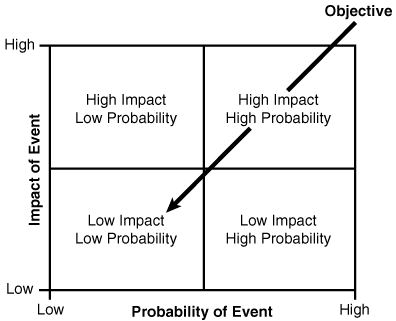

Whenever launching a new product, the company takes a risk. Therefore, if they construct a building to last 20 years but end up using it for 30, the company or organization benefits from this risk. Investment and asset risksīuilding designers and engineers consider design plans and materials as structural integrity. For example, every time you deliver a service or goods ahead of schedule, you demonstrate a positive risk. The logistic around the supply chain is packed with risks, but it can work in your favor in some cases. If issue still persist, please let us know by sending an email to Again Sorry, we could not subscribe you at this moment. Miscalculating the project's costs is a risk, but here we have a positive outcome. If they manage to complete a project under the budget, there's a mistake in calculation. Project management riskĮvery project manager defines a budget, but they often need to make certain adjustments during the project's lifecycle. Here are a couple of positive risk examples. One of the best ways to sum up positive risks is to name their outcomes.

Based on the circumstances, you may need to accept different tech solutions, hire additional resources, modify project plans, change the project scope, and implement other solutions. Additionally, we should address the fact that not all risks can be avoided. The problem with this statement is that whenever we are avoiding risk, we are also missing out on potential benefits we could have received for participating in some activity. However, here's an example of a situation when you can't do that: if we want to avoid paying medical costs for a stranger due to a car crash, we should stop driving a car. In most cases, we avoid risk when we want to prevent potential loss from a specific activity. Therefore, negative risk should either be eliminated or avoided altogether because it brings negative outcomes and results in a project's failure. On the other hand, negative risks should be regarded as a threat that negatively influences project objectives, like time, quality, cost, and many others.

Keep in mind that positive risks are good for business because they create good results and encourages success. Taking risks can be extremely rewarding and can positively affect your business and its objectives. So, what is a positive risk? It's any situation, occurrence, event, or condition that offers a positive impact on an enterprise or a project. A risk is any unexpected event that can affect your project, impacting resources, technology, processes, and people. To explain positive risk, we have to define the term risk.

Positive and negative risks in project management Let's break down these terms and explain their role in project management. When it comes to project management, there are many misconceptions about positive and negative risks. Successful entrepreneurs know there are two sides to the coin, and each side needs to be evaluated thoroughly. Many would say that risk can either make or break your company, but only if you're wise enough to recognize an opportunity. But risks aren't necessarily negative! In fact, risk represents a thin line between an opportunity and a threat or the difference between loss and a prize. When someone mentions risk, we often associate it with a dangerous chance or hazard.


 0 kommentar(er)
0 kommentar(er)
